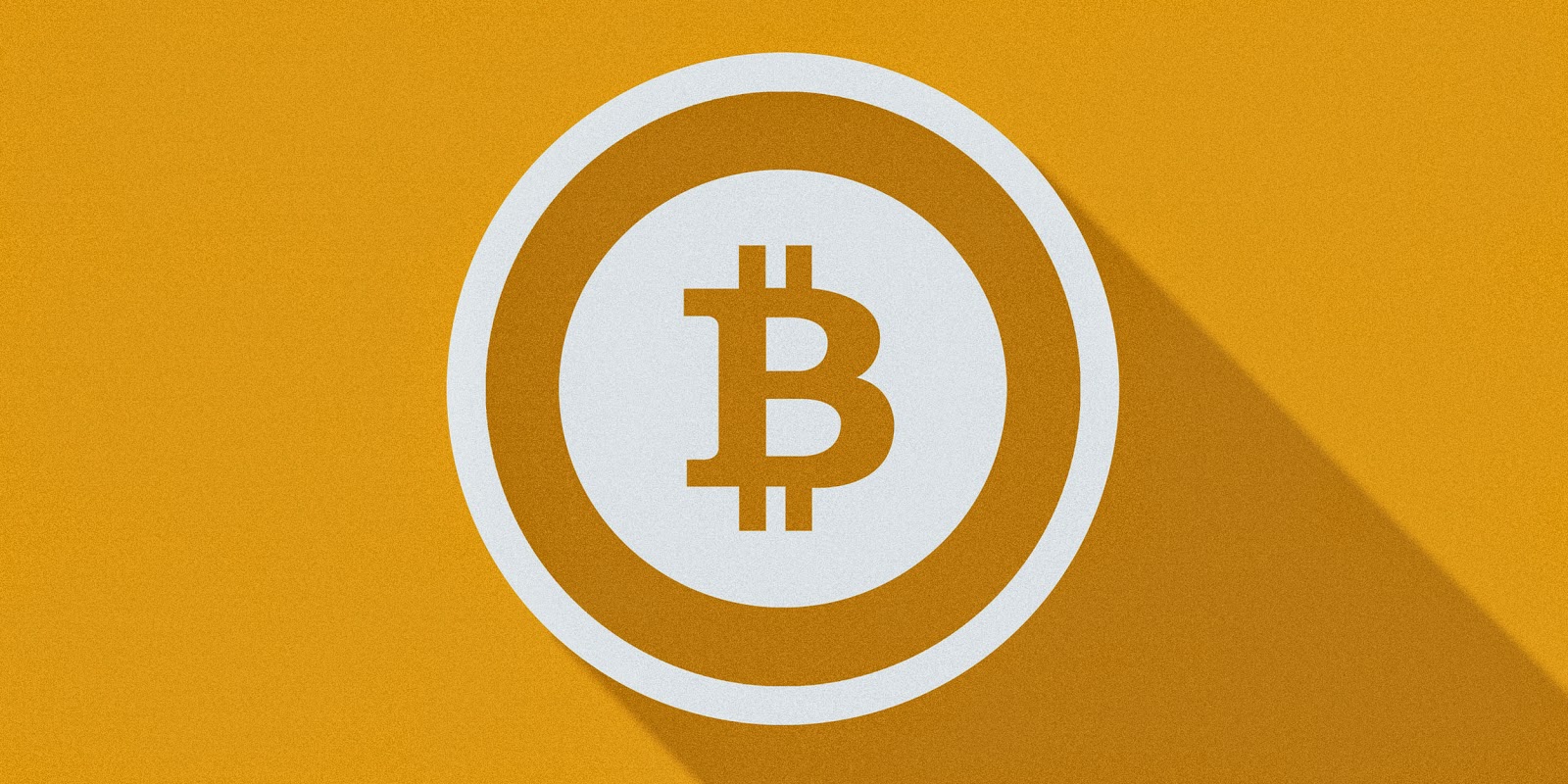Search Results For: singapore

IBM Watson uses the Blockchain in Singapore

IBM Watson and blockchain
Also, at the beginning of 2016, Chris Ferris, CTO at IBM, became the project leader of the aforesaid open-source blockchain project.
Open your free digital wallet here to store your cryptocurrencies in a safe place.

France Bitcoin Tests by the Central Bank
France Bitcoin tests have been revealed by the French Central Bank last week.
The Banque de France published a press release on Friday where it talks about its technology tests for use in the management of SEPA Credit Identifiers.
According to the French central bank, one of the key participants in this project is the Caisse des Dépôts et Consignations, and the Paris-based startup called Labo Blockchain.
The project began in July 2016 and culminated in October with the creation of prototypes for creating and managing SEPA Credit Identifiers.
The central bank also explained how meetings were held with stakeholders as the project moved forward, indicating that more details about the project will be revealed in 2017.
France Bitcoin project and more central bank efforts
This is not the first time a central bank test the distributed ledger.
A few months ago, in fact, central banks in Japan, Sweden and Singapore launched similar projects.
Also, earlier this month, the US Federal Reserve published its first major research paper on the ledger you can read here.
Credits: Coindesk.com
Open your free digital wallet here to store your cryptocurrencies in a safe place.

OCBC Blockchain: new tests on the ledger
In this article we will talk about the new OCBC Blockchain tests.
One of the major banks in Singapore, in fact, decided to test a distributed ledger payment service, with the goal to develop new commercial products created thanks to this revolutionary techonolgy.
OCBC started to use the ledger to send money between its operations in Singapore and Malaysia, as well as do transactions with the Bank of Singapore, one of its own private financial group.
To do so, the bank explained it worked with the BCS Information Services, a local financial brand that helped to do the OCBC Blockchain tests.
This is only the latest test in the Asia’s banking sector. Read more news about the blockchain tests and researches made in Asia previously this year.
OCBC senio vice president, Praveen Raina explained to Coindesk:
“We hope this will be a catalyst for more banks to adopt the blockchain technology so that, together, we can achieve efficiency and cost effectiveness while delivering more high-value financial services to our consumers.”
The bank announced its news on its official website, but currently the details of this announcement appear to have been removed.
Stay tuned for the next updates related to the blockchain and follow HolyTransaction on Facebook.
Open your free digital wallet here to store your cryptocurrencies in a safe place.
IBM Blockchain to solve delivery issues
Singapore startup FreshTurf is working on a IBM Blockchain project to develop a network for solving issues related to delivery and storage lockers.
According to a press release, the two companies wants to create a network to track delivery shipments and storage lockers through the blockchain with the objective of providing a faster and safer service to the customers.
This way, in fact, users will be able to track their packages more easily thanks to a distributed ledger platform.
This is not the first project for the IBM’s BlueMix garage, a wordwide network of innovators that provides a hub for startups and companies to test and study the blockchain.
The BlueMix is a part of IBM blockchain broader strategy for fintech applications.
The two companies commented in a press release that their goal is providing a system for clients to check the status of their packages in real time.
“Not only can the application of blockchain technology help provide visibility across the fulfilment chain, allowing users to track their parcel and delivery status from the convenience of their phone, it can help stakeholders to conduct shipping transactions in a highly secure and trusted environment.”
This distributed system, currently in development, works through the IBM blockchain.
It is not still clear if the companies will sell the technology for commercial use.
IBM Blockchain and Australian Postal Service
Blockchain has been used for several use cases, including package delivery.
In fact, Australian Postal Service released a report explaining how they could use the distributed ledger to track packages movements. Read more about Australian Postal Service new project by clicking here.
Also, US Postal Service discussed its idea to create a new digital currency called PostCoin.
And this is not the first time IBM works on a blockchain-related project. Read more news about the IBM Blockchain here.
Open your free digital wallet here to store your cryptocurrencies in a safe place.
Why governments should embrace the Blockchain
How governments should embrace the Blockchain
- Verification: licenses, proofs of records, transactions, processes or events.
- Movement of assets. E.g. Transferring money from one person/entity to another.
- Ownerships: the blockchain is a perfect ledger to custody any asset.
- Blockchain can be used to give e-identities to its citizens, enabling a safer kind of voting.
- Study the blockchain and explore its potential.
- Let people develop a blockchain strategy.
- Start experimenting with blockchain technology
- Develop new ideas to improve the quality of life of the citizens
Open your free digital wallet here to store your cryptocurrencies in a safe place.
Bank of Tokyo works on a Blockchain project with Hitachi
Bank of Tokyo works on a blockchain project with Hitachi
Universal Wallet for Digital Currencies

Open your free digital wallet here to store your cryptocurrencies in a safe place.
Bank of America to use the Blockchain to authenticate bank data
Bank of America to use the Blockchain
Open your free digital wallet here to store your cryptocurrencies in a safe place.

5 reasons Bitcoin price is rising
Reasons Bitcoin Price is rising
Halving of Rewards
More interests in the Blockchain
Chinese Domain
FIAT Currencies Flow
UK out of Europe
Universal Wallet

Open your free digital wallet here to store your cryptocurrencies in a safe place.

Imagine a Bitcoin Valley…!
- Build a big, beautiful, fully equipped technology park;
- Mix in R&D labs and university centers;
- Provide incentives to attract scientists, firms and users;
- Interconnect the industry through consortia and specialized suppliers;
- Protect intellectual property and tech transfer; and,
- Establish a favorable business environment and regulations.
Except … this approach to innovation clusters hasn’t really worked. Some have even dismissed
these government-driven efforts as “modern-day snake oil.” Yet
policymakers are always searching for the next Silicon Valley because of
the critical link between tech innovation, economic growth and social
opportunity.
Previous efforts at such clusters failed
for a variety of reasons, but one big reason is that government efforts
alone simply don’t draw people. That’s why a recent crop of experiments
has focused more on building entrepreneurial communities, urban hubs and districts, and hackerspaces. Still, we’re “splitting the logic” on how to create an innovation ecosystem, according to MIT expert Fiona Murray in Technology Review:
We’re either going top-down by focusing primarily on
infrastructure—plunking down an office park next to a university—or
bottom-up by focusing on just the networks. None of these efforts
successfully pursue both paths at once, with government, academia and
entrepreneurial communities proceeding together in lockstep—as was the
case in the development of Silicon Valley.
Valley. Instead, they should be figuring out what domain is (or could
be) specific to their region—and then removing the regulatory hurdles
for that particular domain. Because we don’t want 50 Silicon Valleys; we
want 50 different variations of Silicon Valley, all unique from each other and all focusing on different domains.
Imagine a Bitcoin Valley, for instance, where some country fully
legalizes cryptocurrencies for all financial functions. Or a Drone
Valley, where a particular region removes all legal barriers to flying
unmanned aerial vehicles locally. A Driverless Car Valley in a city that
allows experimentation with different autonomous car designs,
redesigned roadways and safety laws. A Stem Cell Valley. And so on.
a key difference from the if-you-build-it-they-will-come argument of
yore. Here, the focus is more on driving regulatory competition between
city, state and national governments. There are many new categories of
innovation out there and entrepreneurs eager to go after opportunities
within each of them. Rethinking the regulatory barriers in specific
industries would better draw the startups, researchers and divisions of
big companies that want to innovate in the vanguard of a particular
domain—while also exploring and addressing many of the difficult
regulatory issues along the way.
previous innovation-cluster efforts where governments contrived to do
something unnatural, this proposal flows from what governments naturally
do best: create, or rather, relax laws.
advantage of this approach is that it’s a way for clusters to
differentiate from each other and successfully compete for resources.
Think of it as a sort of “global arbitrage” around permissionless innovation—the
freedom to create new technologies without having to ask the powers
that be for their blessing. Entrepreneurs can take advantage of the
difference between opportunities in different regions, where innovation
in a particular domain of interest may be restricted in one region,
allowed and encouraged in another, or completely legal in still another.
For example, the laws and guidelines for using drones or taxing bitcoin already vary widely across the globe, just as they do for ride-sharing services across different cities in the United States.
the biggest advantage of the 50-different-Silicon Valleys approach
isn’t just in what it affords isolated regions or entrepreneurs—it’s in
accelerating innovation everywhere. Removing regulations across
different regions allows multiple innovation categories to advance
together at once, in parallel, without being bottlenecked by time or
place.
that advanced regions will essentially outsource or “regulate away”
their own risk at the expense of less advanced ones. To get ahead,
poorer countries may become more tempted to take on the very things
wealthier countries are fencing out of their borders. But as long as the
innovations aren’t life-threatening—and many of the restricted domains
aren’t (the restrictions are often protecting incumbent interests)—a
model like this one provides a much faster and more feasible way for
developing regions to catch up. Especially when you consider the
advantage that previous innovation clusters didn’t have: mobile.
Open your free digital wallet here to store your cryptocurrencies in a safe place.

Bitcoin can stabilise volatile market in India
(TimesOfIndia) At a time when the country has suffered devaluation of rupee against
dollar, inflation and fuel price volatility in exchange market, two
students of Fellow Programme in Management (FPM) at Indian Institute of
Management, Indore (IIM-I) have rekindled hopes to address the problems
through introduction of ‘Bit Coin’ currency system.
Bitcoin is
a crypto currency which currently has market capitalisation of $8.1
billion. The recognition is mainly because of its introduction during
financial crisis, when trust on government and policy makers was low. It
is an alternative to card networks and money transfer system.
Khadija Vakeel and Nitya Saxena of IIM-I in their study found out that
at a time, when the country is struggling to achieve a respectable
position on matters of financial inclusion, Bit Coin can be a game
changer.
Bitcoin can also lead to a new industry and challenge
for IT youths and can address the problem of brain drain. While
Singapore is pro bit coin, China stands against it. India is yet to take
a side. Users having Bit Coin can enter into virtual goods and services
exchange. The study states that inflation is simply a rise in prices
over a period of time, which is generally the result of the devaluation
of currency.
This is a function of supply and demand. Given the
fact that the supply of bit coins is fixed at a certain amount, unlike
fiat money, the only way for inflation to get out of control is for
demand to disappear.
Open your free digital wallet here to store your cryptocurrencies in a safe place.



